The Kodak Super 8 camera is a modern take on a classic filmmaking tool that combines the charm of analog film with the convenience of digital technology. Designed to evoke nostalgia for the golden age of home movies, the Super 8 camera offers filmmakers and enthusiasts a unique blend of vintage aesthetics and modern features. In this article, we will delve into the history of the Super 8 format, the features of the Kodak Super 8 camera, its applications in contemporary filmmaking, and the resurgence of interest in analog filmmaking.
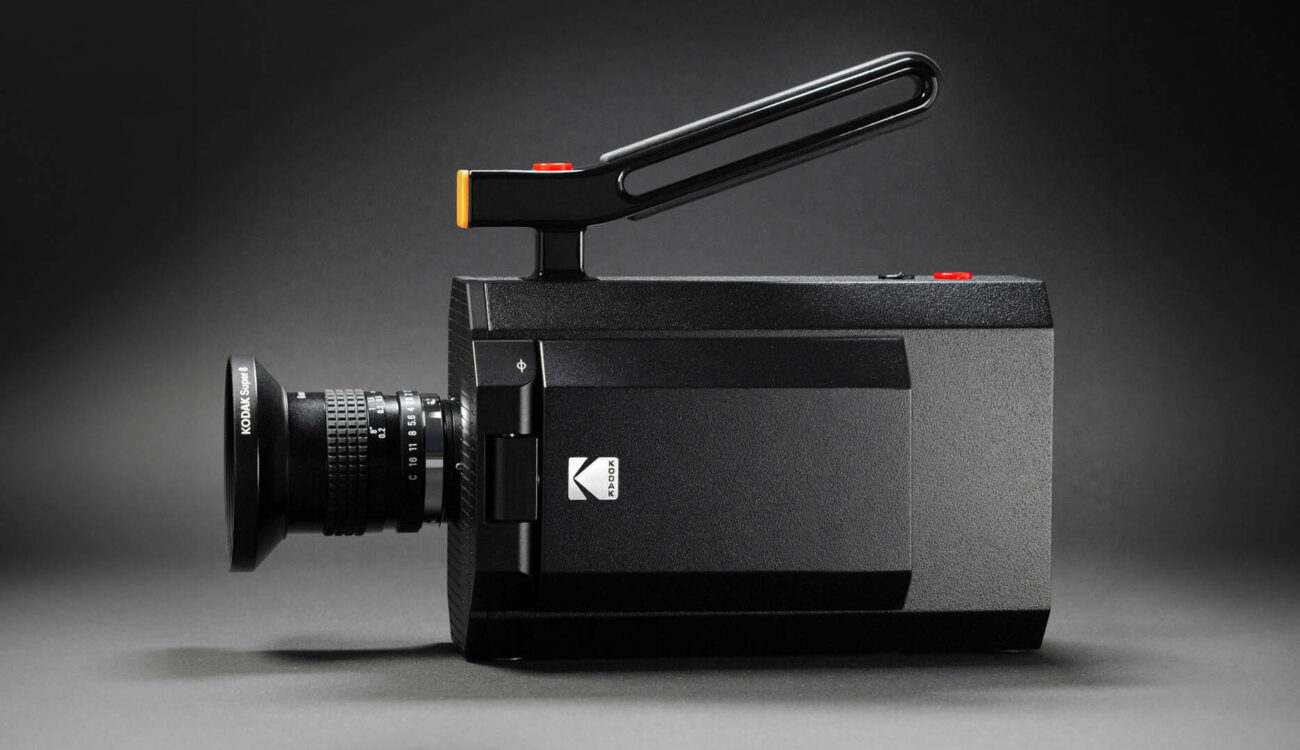
I. The Legacy of Super 8 Film by Kodak
Status and role of Kodak’s Super 8 film
Super 8 film, introduced by Kodak in the 1960s, left an indelible legacy in the realm of amateur and home moviemaking. This compact and user-friendly format revolutionized the way people captured and preserved their memories, becoming synonymous with nostalgic family films and personal storytelling.
Kodak’s Super 8 film offered several key advantages that contributed to its enduring legacy. Firstly, its simplicity and ease of use made it accessible to a wide audience, allowing individuals to document their lives and special events with relative ease. The cartridge-based system simplified the process of loading and unloading film, eliminating the need for threading and allowing for straightforward operation.
The affordability of Super 8 film further democratized filmmaking, empowering amateurs and enthusiasts to explore the art of visual storytelling. Families used Super 8 cameras to record vacations, birthdays, and everyday moments, creating a rich tapestry of personal history. As a result, Super 8 film became deeply intertwined with the fabric of personal memories and familial connections.
In addition to its practicality, Super 8 film also offered a distinctive visual aesthetic that contributed to its legacy. The format’s characteristic grain, vivid colors, and soft focus imparted a dreamlike quality to the footage, evoking a sense of warmth and nostalgia. These visual traits became emblematic of the Super 8 experience, endearing it to generations of filmmakers and viewers alike.
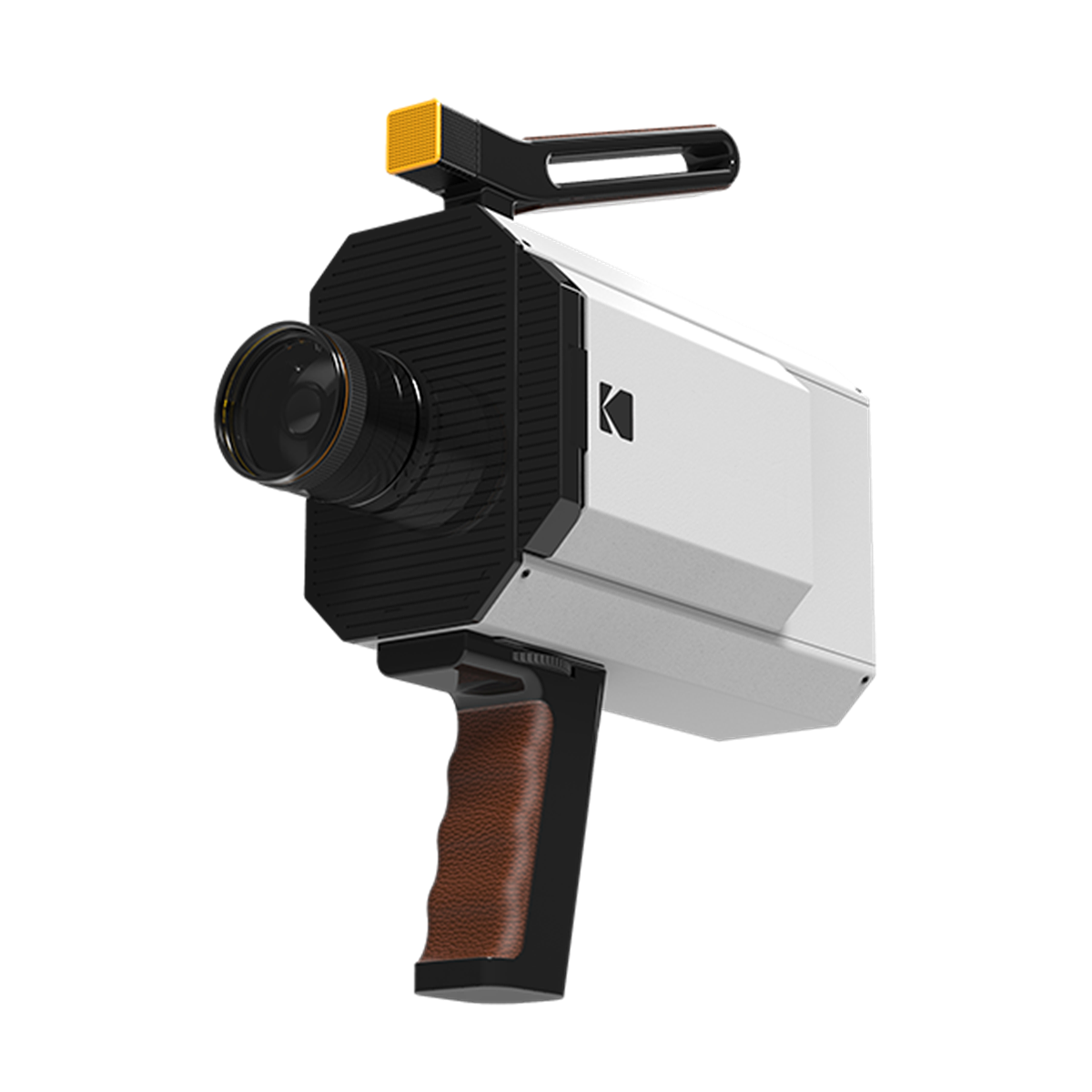
Beyond its impact on personal filmmaking, Super 8 film played a pivotal role in nurturing the talents of budding filmmakers. Many renowned directors, including Steven Spielberg and Quentin Tarantino, began their cinematic journeys with Super 8 cameras, honing their storytelling skills and experimenting with visual techniques. This legacy continues to inspire a new generation of filmmakers who appreciate the format’s inherent charm and creative potential.
Today, the legacy of Kodak’s Super 8 film endures as a symbol of personal expression, creativity, and the art of capturing moments on celluloid. Its influence can be seen in the continued fascination with analog filmmaking and the enduring appeal of vintage aesthetics. While digital technology has transformed the landscape of filmmaking, the legacy of Super 8 film by Kodak remains a cherished part of visual storytelling history.
II. Revival of Analog Filmmaking
In recent years, there has been a resurgence of interest in analog filmmaking techniques and formats, driven by a desire for authenticity, artistic expression, and a break from the digital overload. Filmmakers and artists are rediscovering the unique qualities of shooting on film, including the tactile experience of handling physical reels, the organic look of celluloid, and the unpredictable nature of analog processes. The Kodak Super 8 camera taps into this renewed interest in analog filmmaking by offering a modern tool that pays homage to the past while embracing the present.
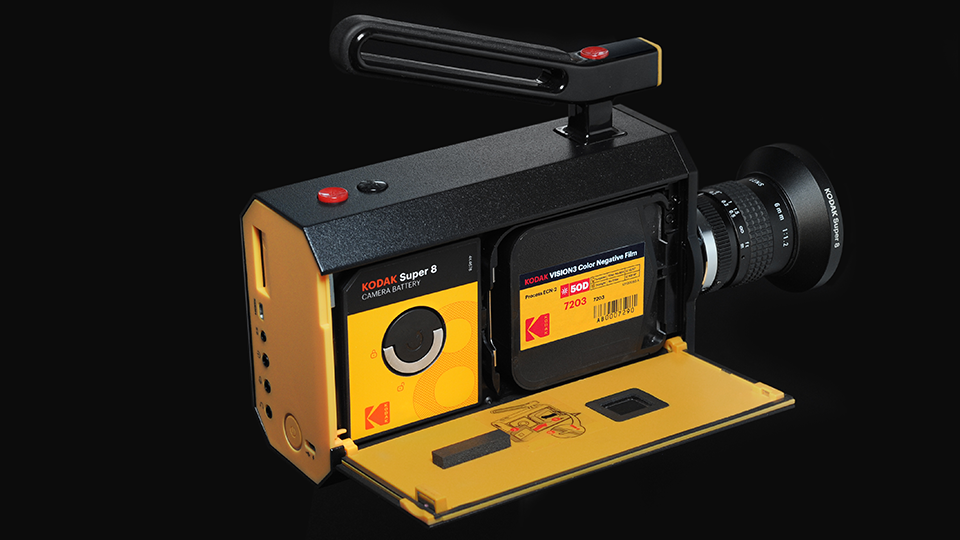
III. Features of the Kodak Super 8 Camera
The Kodak Super 8 camera combines the retro design elements of classic Super 8 cameras with modern technological advancements. It features a built-in light meter for accurate exposure control, a bright viewfinder for framing shots, and a rechargeable battery for extended shooting sessions. The camera also offers manual focus control, variable frame rates for creative effects, and compatibility with interchangeable lenses for added versatility. Additionally, the Kodak Super 8 camera can record high-quality digital audio to accompany the analog footage, bridging the gap between traditional and digital workflows.
IV. Creative Possibilities with Super 8 Filmmaking
Filmmakers and videographers are drawn to the creative possibilities offered by shooting on Super 8 film. The unique aesthetic qualities of Super 8 footage, such as its soft focus, natural color rendition, and characteristic grain, add a nostalgic and cinematic feel to projects. The limitations of shooting on film, including the finite number of exposures per cartridge and the need to carefully plan each shot, encourage filmmakers to be more intentional and focused in their storytelling. This hands-on approach to filmmaking fosters a deeper connection to the craft and allows for experimentation and artistic expression.
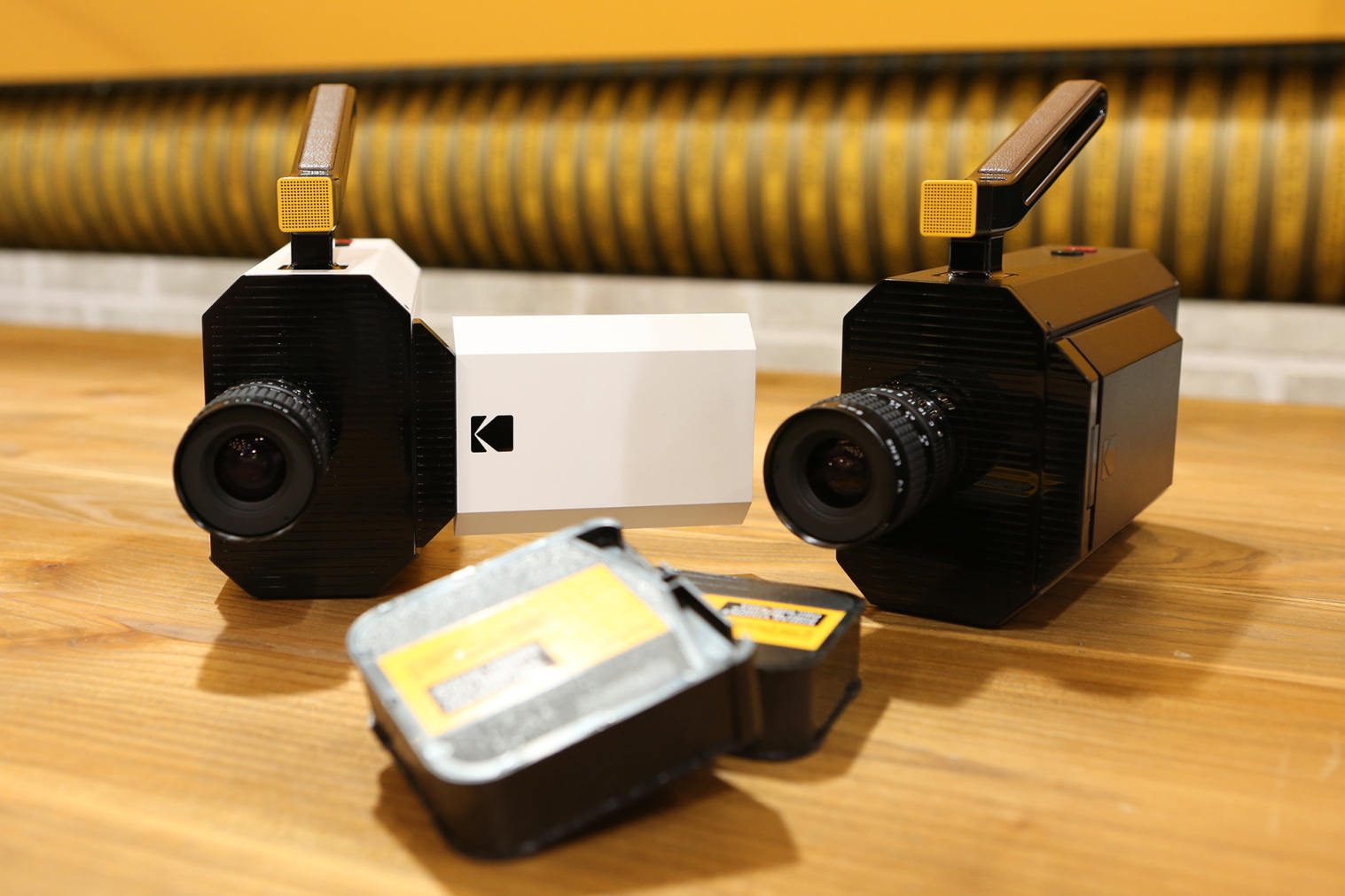
V. Applications in Contemporary Filmmaking
While Super 8 film is often associated with vintage home movies and experimental shorts, it has found a place in contemporary filmmaking and visual storytelling. Filmmakers, music video directors, and commercial producers incorporate Super 8 footage into their projects to evoke a sense of nostalgia, authenticity, or artistic flair. The imperfections and idiosyncrasies of shooting on film can add a unique texture and character to modern productions, setting them apart from the pristine digital look that dominates the industry.
VI. The Future of Analog Filmmaking
The future of analog filmmaking is promising, as there is a growing interest in the unique aesthetic and creative potential offered by shooting on film. While digital technology has become the dominant medium in the film industry, the tactile and organic nature of analog filmmaking continues to attract filmmakers who seek a more deliberate and thoughtful creative process.
Analog filmmaking offers a distinct visual quality that cannot be replicated by digital methods, characterized by its grain structure, color rendition, and dynamic range. These qualities create a visual texture that is often seen as more authentic and pleasing to the eye. Additionally, shooting on film encourages a more disciplined approach to filmmaking, requiring careful planning and consideration with each frame.
Despite the challenges posed by the increased cost and technical demands of analog filmmaking, there is a renewed interest in the craft. Filmmakers are exploring different formats, such as 16mm and 35mm, to achieve specific looks and evoke certain emotions. They are also embracing the process of developing and scanning film, which adds another layer of creativity and artistic expression.
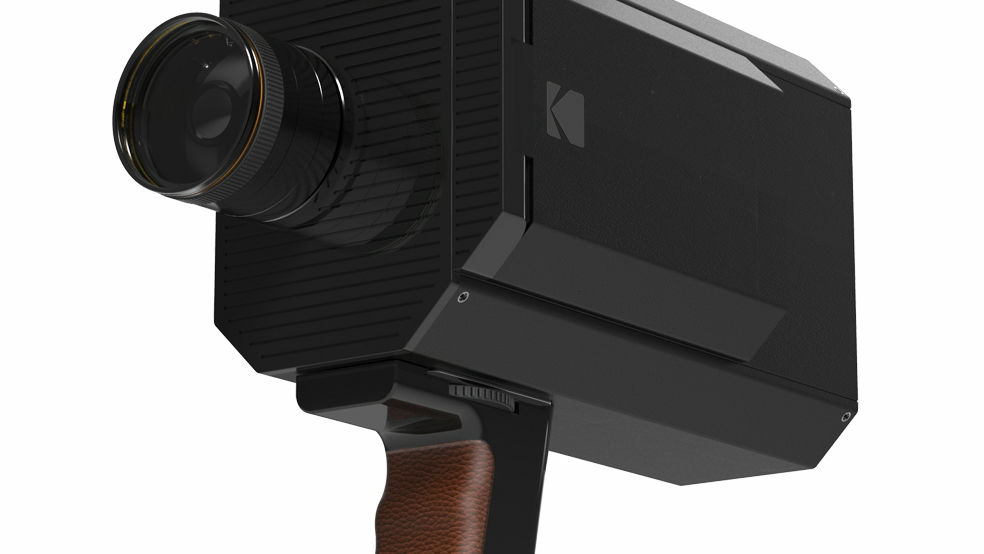
Advancements in technology have made analog filmmaking more accessible and convenient. For example, Kodak has reintroduced Super 8 film, making it readily available for aspiring filmmakers. Additionally, there are labs and services that offer film processing, scanning, and digital workflows, bridging the gap between analog and digital mediums.
The future of analog filmmaking lies in its ability to coexist with digital technology, offering filmmakers and artists a choice in expressing their creative vision. Analog filmmaking will continue to inspire and captivate audiences with its timeless charm and distinctive look, while digital technology provides the convenience and immediacy required by modern filmmaking. Ultimately, it is up to filmmakers to decide which medium best serves their artistic vision.
Conclusion
In conclusion, the future of analog filmmaking is bright, as it offers a unique aesthetic and creative potential that cannot be replicated by digital methods. As technology continues to advance, we can expect a harmonious blend of analog and digital techniques, allowing filmmakers to choose the medium that best serves their artistic vision. Analog filmmaking will continue to inspire and captivate audiences with its timeless charm and distinctive look, while digital technology provides the convenience and immediacy required by modern filmmaking.